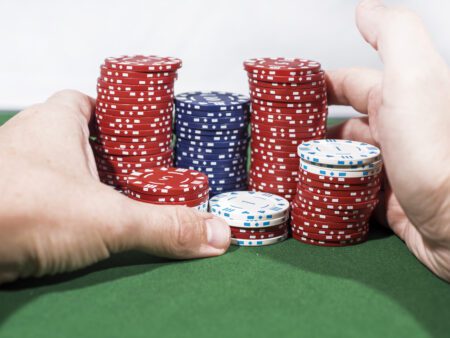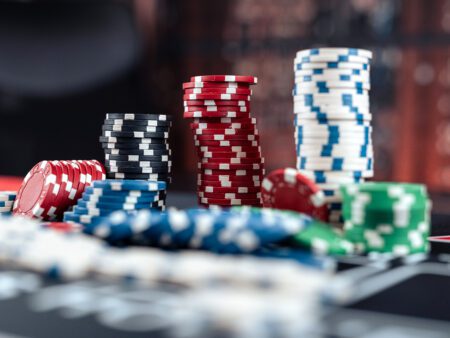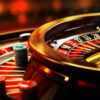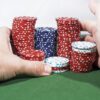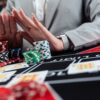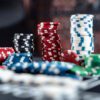Discover the truth behind the myth of patterns in slot machine symbols. Explore the workings of slot machine symbols, psychological factors, and strategies to maximize your chances of winning.
Are There Patterns in Slot Machine Symbols? Decoding the Myth
The Intriguing Patterns of Slot Machine Symbols
Slot machines are a staple in casinos and online gambling platforms. With their flashing lights, captivating sound effects, and the promise of big wins, they have become an iconic symbol of the gambling world. But have you ever wondered if there are patterns hidden within the mesmerizing array of symbols?
Many slot enthusiasts believe that there may be patterns or strategies to help increase their chances of winning. In this article, we will delve into the myth of patterns in slot machine symbols and explore whether there is any truth behind it.
Understanding Slot Machine Symbols
Before we dive into the possibility of patterns, it’s important to understand how slot machine symbols work. Each slot machine game is designed with its unique set of symbols, which can vary from fruits and diamonds to mythical creatures and famous landmarks.
The symbols on a slot machine reel are programmed to appear in a random order determined by a complex algorithm called a random number generator (RNG). This ensures that each spin is completely independent of the previous one, making it impossible to predict the outcome accurately.
The Myth of Patterns
Despite the randomness of slot machine symbols, many players believe that there are hidden patterns that can help them win. One common belief is that if a particular symbol has not appeared for several spins, it is more likely to appear soon. Similarly, if a symbol has appeared frequently, it is believed to be less likely to appear again in the near future.
While this idea of patterns seems plausible, it is essential to remember that each spin is independent and not influenced by previous spins. The RNG ensures that the symbols are chosen randomly, with no memory or connection to the past spins. Therefore, the belief in patterns is merely a myth.
Psychological Factors and Illusions
So why do players still believe in patterns despite scientific evidence? The answer lies in human psychology. Our brains are wired to find patterns and make connections, even when none exist. This cognitive bias often leads to the illusion of patterns, especially in activities involving chance, such as gambling.
Additionally, the visual design of slot machines can further enhance the perception of patterns. The use of repeating colors or similar symbols in a game can create an illusion of patterns, even though the outcomes are entirely random.
Strategies for Maximizing Winnings
Although patterns in slot machine symbols are nothing more than a myth, there are strategies that players can employ to maximize their chances of winning:
- Choose the Right Slot Machine: Different slot machines have varying odds, payout rates, and features. Research and choose machines that offer higher payout percentages to increase your chances of winning.
- Set a Budget: Before playing, set a budget and stick to it. Gambling should be regarded as entertainment, and it’s essential to play responsibly.
- Take Advantage of Bonuses: Online casinos often offer bonuses and promotions. Utilize these to extend your playing time and increase your chances of hitting a winning combination.
Conclusion
While the idea of patterns in slot machine symbols may be enticing, it is merely a myth. The randomness of the symbols and the complex algorithms governing their appearances make it impossible to predict or manipulate the outcomes. However, by adopting smart strategies and playing responsibly, you can enhance your overall gambling experience and potentially increase your chances of winning.
So the next time you spin the reels, remember that it’s all about chance and luck, rather than hidden patterns. Happy gambling!

